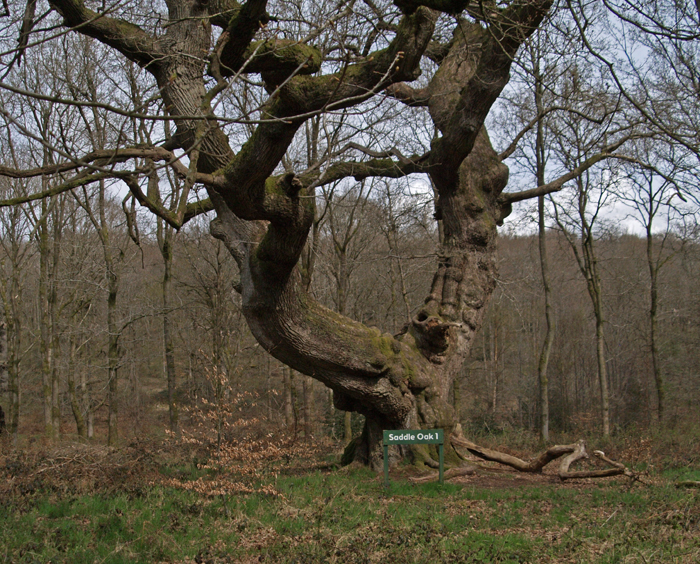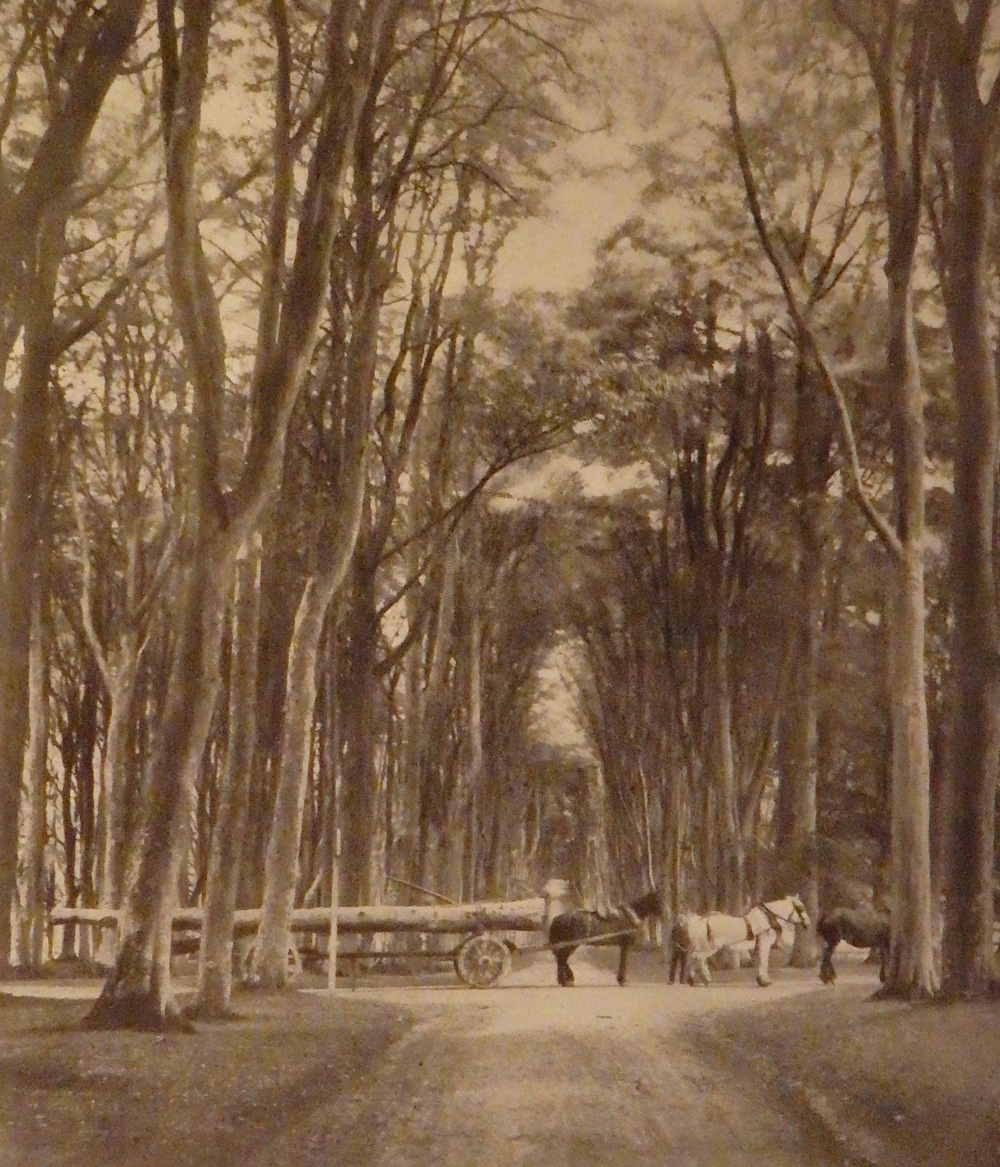
Lord Cardigan is the 31st Warden of Savernake Forest – a post that goes back past the Seymour family to the Norman Conquest. The hereditary wardenship held by Richard Estormit in 1083 is to this day held by his descendants.
Since 1939 the Forestry Commission have held a 999 year lease on the Forest that allows it to harvest timber and requires it to maintain the forest. The freehold still belongs to the estate and any sale could have brought unwelcome changes to public access to the forest.
This is not the first time that the future of Savernake – estate and forest – has hung in the balance, a touch away from disaster for family descendants and many of those living and working in and around it.
Toward the end of the nineteenth century, the 4th Marquess of Ailesbury was almost responsible (if that is the right word) for the sale of the whole estate to the very wealthy Irish brewer Lord Iveagh. When the saga of his attempted purchase began, Lord Iveagh was still Sir Edward Guinness.

Before he inherited the title, Willie had run up huge debts through gambling, drinking, partying and mixing with less than suitable people. A close member of the family summed Willie up thus: “Drink and bad company ruined my cousin. He would have vigorously denied being a snob but he was a snob because he chose deliberately to mix with blackguards having found that in that class alone was he treated with deference…”
True to the generally accepted view of the aristocracy of that era and their liaisons with unsuitable young women, Willie married a showgirl. But it is quite telling that Julia Haseley, who was better known as the actress Dolly Tester, turned out to be thought of as a better wife than Willie deserved. Even so, the marriage did not last.
It looked very much as though ever rising debts would have to be paid off by the sale of the vast lands of Savernake Estate, which then included all the agricultural land recently sold by the Crown Estate and a number of villages, as well as the Forest and Tottenham House and park – and more besides.
The estate’s estate’s southern boundary was Ludgershall High Street and it took in part of Marlborough High Street. And where the Bath Road (the A4) entered the estate near where Savernake Hospital now stands, people had to pay a toll.
Willie’s father was determined not to lose Savernake, and instead had to agree to the sale of the family’s estates in Yorkshire to pay off his son’s debts. The sale included the much treasured Jervaux Abbey.
But Willie’s debt mountain kept on growing and the moneylenders grew impatient. As soon as he had inherited the title, Willie set about selling Savernake Estate – Tottenham House, the forest and all – to Sir Edward Guinness. The agreed price was £750,000 at a time when Willie’s debts were said to stand at £230,000.
There followed a legal battle of Dickensian length with Willie’s Uncle Henry leading the family’s fight through many courts to save Savernake. Meanwhile, in another Dickensian twist, Willie had become ‘virtually dependent’ on Mr ‘Sam’ Lewis, the well-known moneylender.
At one court hearing Willie was forced to agree that Mr Lewis was ‘very anxious’ to see the estate sold. Even his main moneylender was finding Willie’s debts hard to live with.
Lined up against Uncle Henry were not only Willie and Lord Iveagh, but also one of the trustees. History never quite repeats itself, but it does provide many echoes.

Willie, thwarted in the sale of the estate and increasingly besieged by threatening moneylenders, thought he could pay off his creditors by cutting down the forest and selling all the timber.
In April 1894, Willie died suddenly before this desecration could be started. He was thirty years old.
The title – with, of course, ownership of the estate and Wardenship of the forest –passed to Uncle Henry who, though past his best years and suffering from deafness, was tireless in restoring the estate and forest. He added a million trees and calmed the ruffled nerves of tenant farmers, some of whom had become distressed at the uncertainties the endless court cases had created for them, and had sold up.
Many of the venerable trees in Savernake Forest have lived through several of these crises, courtroom dramas and the rise and falls in family fortunes that seem to be an essential part of the long history of Britain’s great landowners. Now, just as at the time of Uncle Henry’s rescue, the Forest can breathe a collective sigh of relief.
[This account is based extensively on The Wardens of Savernake Forest by Lord Cardigan (Cedric Brudenell-Bruce) ]








